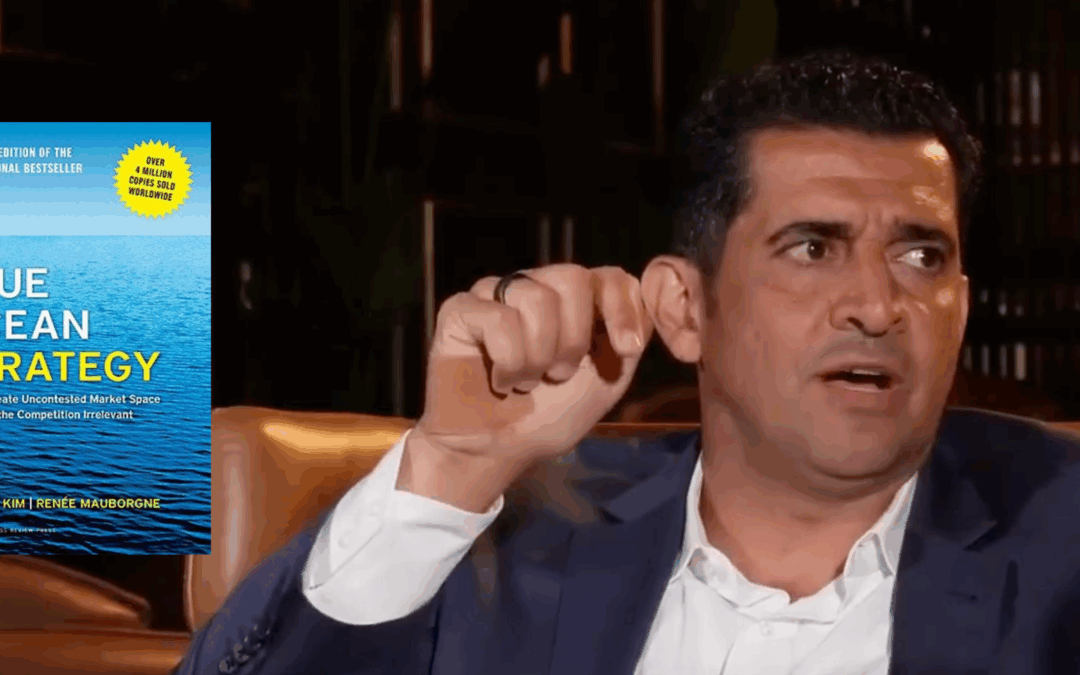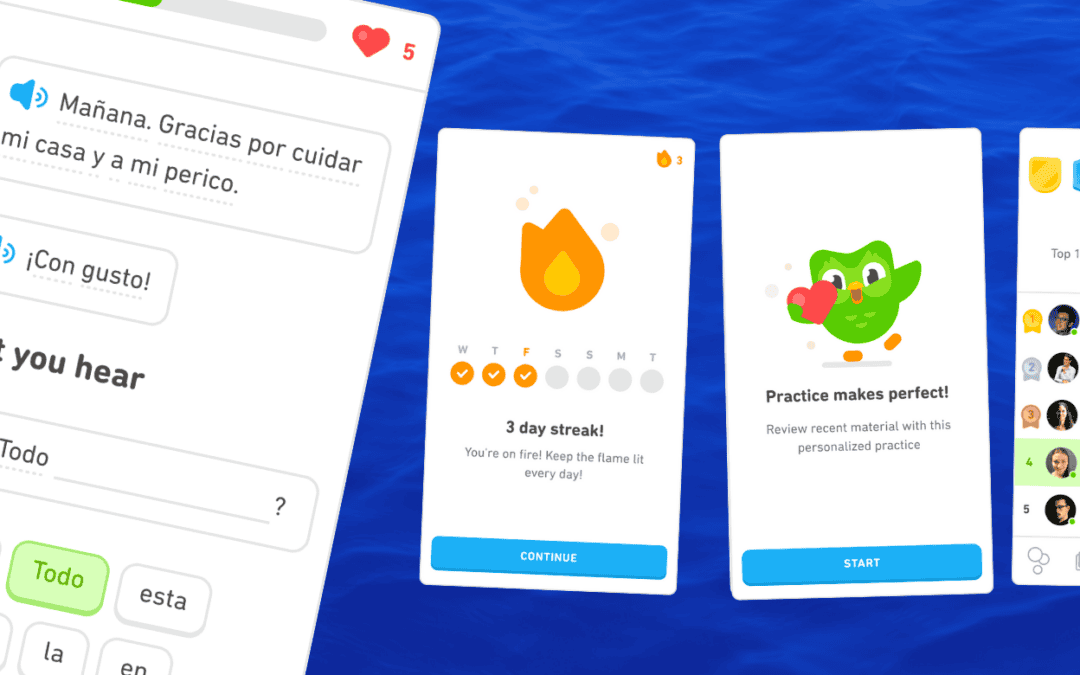Do you know how people currently experience leadership in your organization? Is your organization on the path to creating a step-change in leadership strength fast and at low cost, the focus of blue ocean leadership? Or do your leaders engage in acts and activities that hinder employees’ performance and motivation? Here’s how to find out.
It’s the first step of the blue ocean leadership process. In our previous two posts, we explained how the concept of blue ocean strategy can be applied to the challenge of leadership and explored the four key pillars of blue ocean leadership that set it apart from conventional leadership development approaches. In this post, we shift gears and zoom in on how to put blue ocean leadership into practice by diving into the first step of the four-step blue ocean leadership process, namely, “See Your Leadership Reality.”
A common mistake organisations make is to discuss changes in leadership before resolving differences of opinion over what leaders are actually doing. Without a common understanding of where leadership stands today and is falling short, a forceful case for change cannot be made. Achieving this common understanding is the objective of the first step.
Begin by drawing the current or As-Is Leadership Canvas
To obtain a common understanding, we’ve found that asking managers to draw what we call the Leadership Canvas is highly effective. The Leadership Canvas is an analytic visual that shows the acts and activities leaders currently undertake and invest their time and intelligence in as perceived by each leadership level’s customers. An organization should therefore begin by drawing the As-Is Leadership Canvas for each level of leadership. For small organizations, that often means drawing only one Leadership Canvas. However, for larger organizations as we will discuss here, this typically means drawing three Leadership Canvases; one for frontline, middle, and senior managers.
Have senior managers spearhead the process
To get started, a team of 12 to 15 senior people is typically selected to spearhead the process. For smaller organizations, the team can be as small as three senior people. Irrespective, the people chosen should ideally cut across functions and be recognized as good leaders in the company. For large organizations, the team is then broken into three smaller teams, each focused on one of the three leadership levels. Each person on the team is charged with interviewing people at one’s assigned level. The objective here is to identify the key acts and activities – both good and bad – that actually absorb managers’ time so the As-Is Leadership Canvas can be drawn. This uncovers how people experience current leadership.
While there is usually a variety of views on the current leadership, only the acts and activities that capture what most of the organization is saying most of the time for that level get qualified as a leadership factor. This is to keep the team focused on the common actions that capture the majority of leaders’ time at each level to avoid leadership profiles becoming everything and nothing.
Understand the good and the bad of how people currently experience leadership
The beauty of this step is that it begins to create a company-wide conversation on what actions actually absorb leaders’ time at each level and if these make sense given what needs to get accomplished. In this way at the same time that engagement is raised, leadership begins to be directly anchored in the organisation’s specific market reality and performance goals. If employees’ comments are vague about what actions absorb leaders’ time, they are probed until an appropriate level of specificity is realised so that leadership actions are put in clear terms. It is not uncommon to find that 20 percent to 40 percent of leaders’ time is clogged with bureaucratic tasks and low value acts and activities. It is also not uncommon to find that leaders are under-investing in 20 percent to 40 percent of the acts and activities that interviewees cited as important at their level.
Stay focused on leaders’ key acts and activities
Teams are given between four to six weeks to complete the interviews. Once all the interviews have been completed, team members come together to pool the results of their interviews and group similar action statements to determine, based on frequency of citation, the dominant acts and activities people experience by leaders at each level. To reinforce the focus on key acts and activities, a cap of 10-15 leadership acts and activities per level is imposed, making this task both challenging and lively.
See your leadership reality
The result is almost always an eye-opening wake-up call. Exhibit 1, “The As-Is Leadership Canvases of BRG,” depicts how the leadership profiles of each management level of a British retail company that we’ll call British Retail Group (BRG) are drawn. As shown in the exhibit, senior managers’ time was largely absorbed doing what were essentially middle management actions. Middle managers’ time was principally seen as being absorbed in upholding processes either outdated or not and blocking frontline leaders’ ability to expeditiously serve customers by enforcing red tape. Finally, frontline leaders’ time was absorbed figuring out how to please middle managers and deferring customer queries to them though the queries all too often came back unsatisfactorily answered.



But the biggest ah-ha for the teams was that if all of this were true, it meant that there was scarcely any time for senior managers to do the real job of top management — thinking, probing, and identifying the next challenges on the horizon and gearing the organization up to capitalize on them. No wonder the company was repeatedly called on to put out fires. Without much exaggeration, the taglines for the three Leadership Profiles could have easily been ‘Please the Boss’ for frontline leaders, ‘Control and Play Safe’ for middle management and ‘Focus on the Day to Day’ for senior management. In three simple pictures, the leadership canvases captured the primary reasons for the organization’s ocean of unrealized talent and energy, which was constraining leaders’ ability to drive high performance.
Reveal the need for change
Faced with direct evidence of the shortcomings of leader acts and activities that they heard firsthand and repeatedly, the BRG teams could not defend the current Leadership Profiles. Drawing the As-Is Leadership Canvases made a strong case of the need for change at each of the three levels and it was clear that people throughout the organisation felt the same. At this point the teams are usually chomping at the bit to explore what effective Leadership Profiles would look like at each level and to gain agreement on them.
That is the focus of the second and third steps of blue ocean leadership and the subject of our next article.
To find out more check out our frequently asked questions on Blue Ocean Leadership.

















